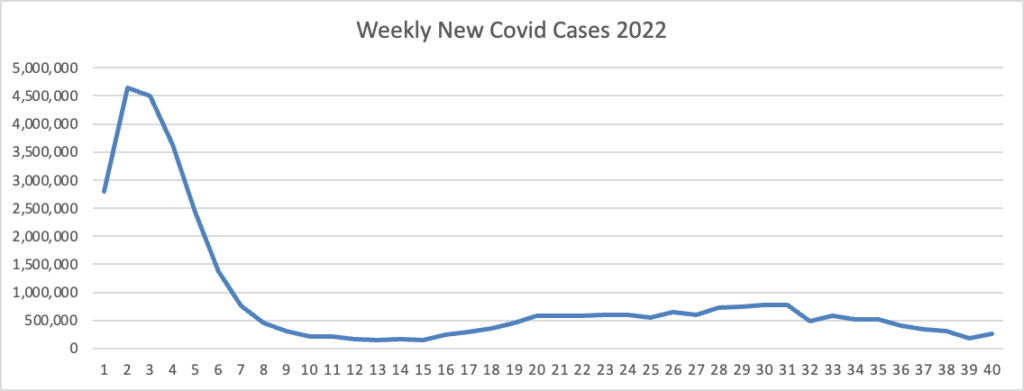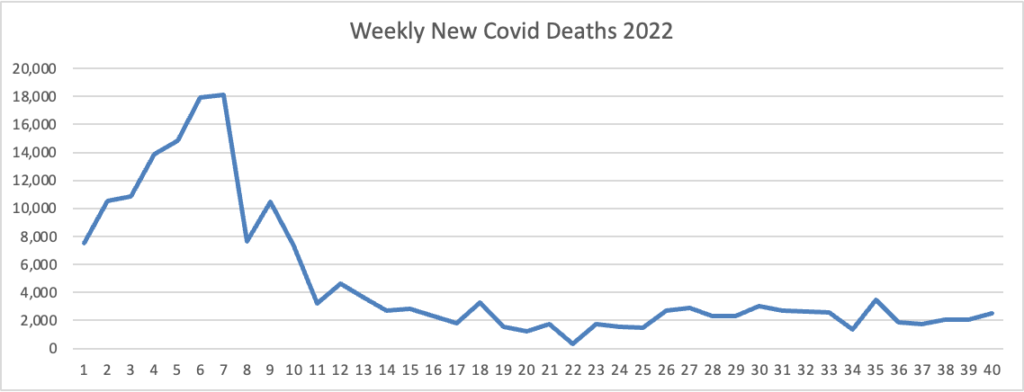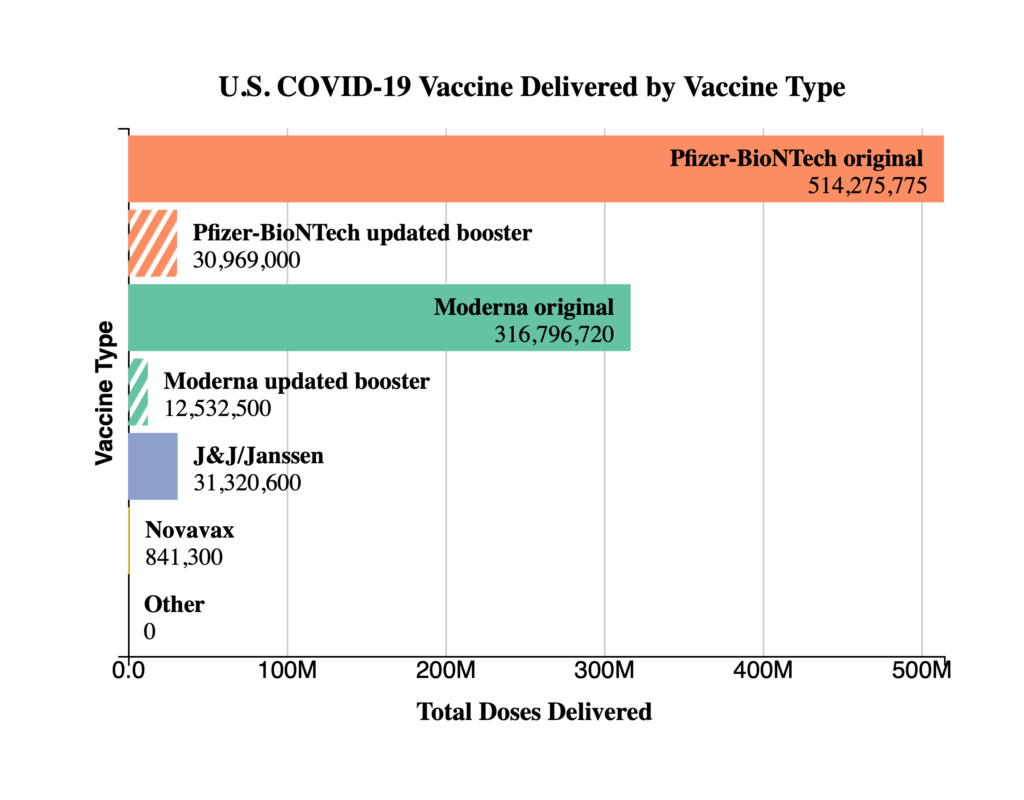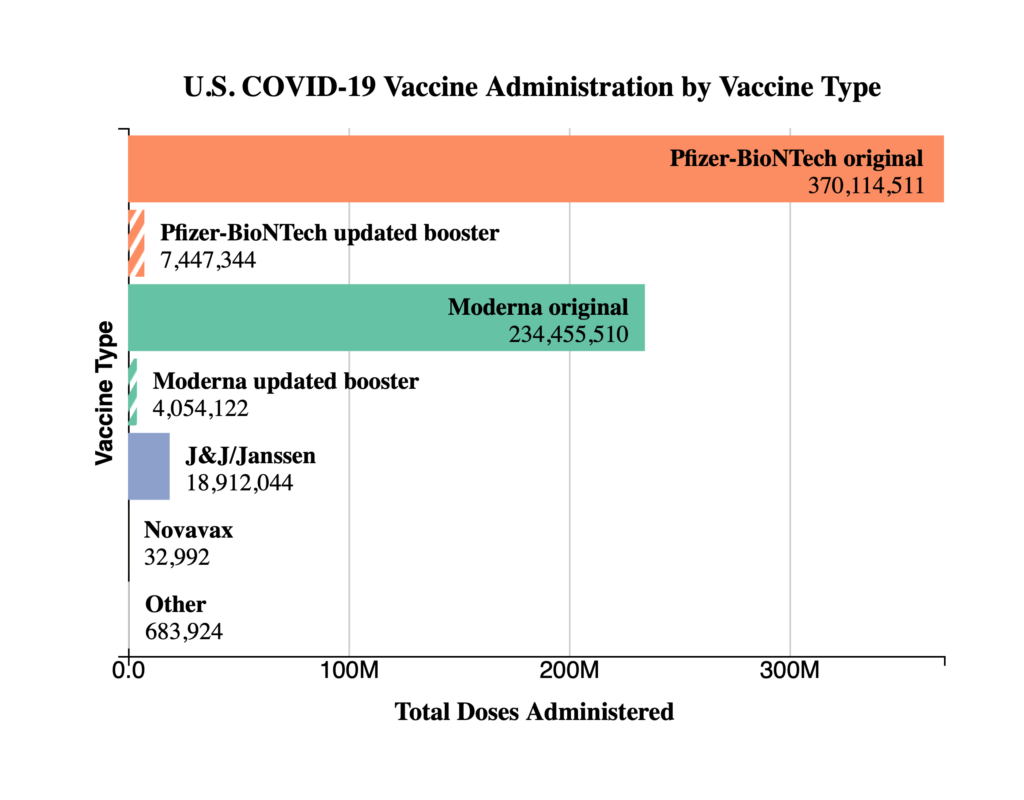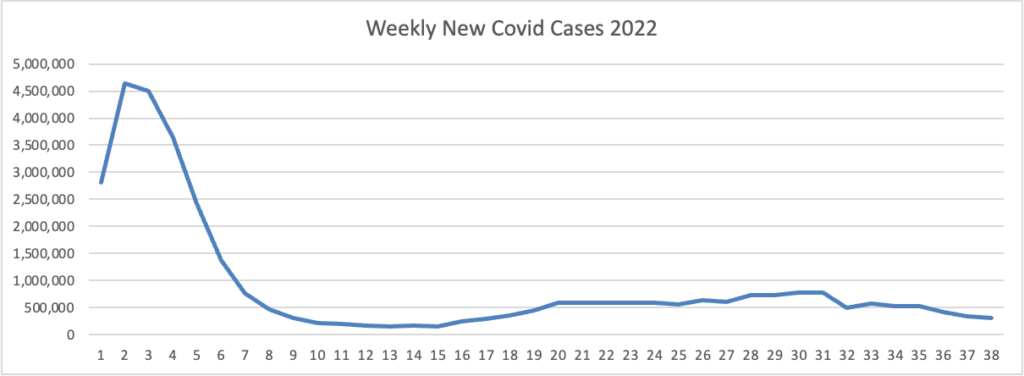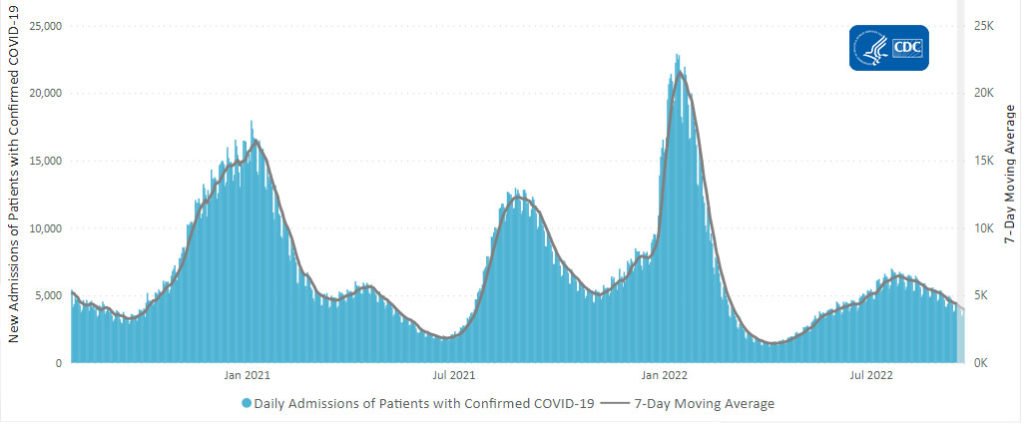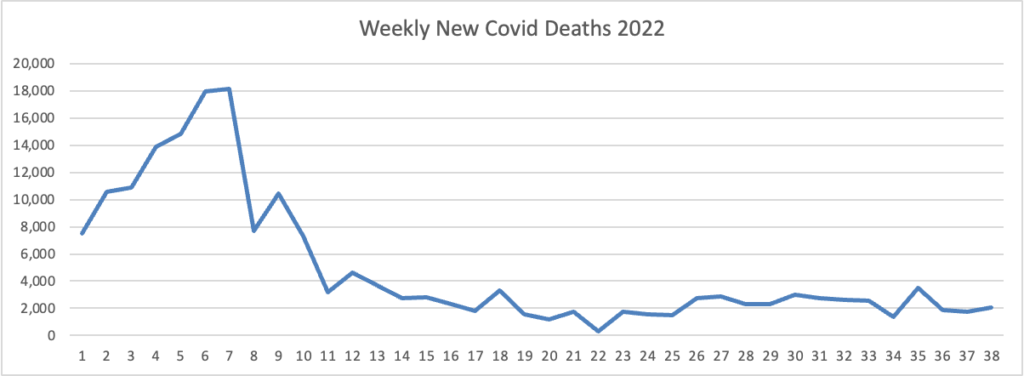Holiday weekend update

Congress remains on the campaign trail this coming.
The Medicare Open Enrollment period begins on Saturday, October 15. The New York Times adds
Social Security will soon announce the largest inflation adjustment to benefits in four decades — a welcome development for millions of older Americans struggling to keep up with fast-rising living costs.
The cost-of-living adjustment for 2023 is likely to be around 8.7 percent, based on the latest government inflation figures. The final COLA, as the adjustment is known, will be released Thursday, when the federal government announces inflation figures for September. Medicare enrollees can anticipate some additional good news: The standard Part B premium, which is typically deducted from Social Security benefits, will decline next year.
The COLA, one of Social Security’s most valuable features, will give a significant boost to more than 70 million Americans next year. While retirement comes to mind when most people think about Social Security, the program plays a much broader role in providing economic security.
In August, the program paid benefits to 52.5 million people over age 65, but younger beneficiaries — survivors of insured workers and recipients of disability benefits and Supplemental Security Income, the program for very low income people — added 17.9 million people to the total, according to Social Security Administration data.
The Federal Times discusses the upcoming open enrollment for the Federal Employee Dental and Vision Programs.
Twelve dental carriers provide 23 dental plan options available across the program. Seven dental carriers offer fourteen nationwide dental plan options available to all potential enrollees. Five vision carriers provide 10 nationwide vision plan options available to all potential enrollees.
The FEHB, FEDVIP, and FSAFeds Programs share the same open enrollment season, which this year will run from November 14 to December 12.
The health insurance marketplace open enrollment period begins on November 1, 2022, and ends on January 23, 2023.
From the public health front —
- The New York Times discusses why Americans need a flu shot. As to timing
Immunity against the flu tends to wane over the course of a season. You have higher protection a couple of weeks after receiving the shot, compared with four or five months later, so it is a good idea to schedule your vaccine appointment close to the beginning of flu season, and not too early, Dr. Martin said. “I tend to get vaccinated in October so my antibodies are ramped up by the time holiday travel begins,” she said.
Some people wait longer, until November or December, especially if they are keeping a close eye on cases. But experts agree that it is important to receive the vaccine before cases start to surge. Your body needs at least two weeks after the shot to ramp up its defenses against the flu. People who are more susceptible to severe flu — especially older adults, pregnant women and very young children — should not delay their shots.
- MedPage Today reports “Long COVID Persists in People With Symptomatic SARS-CoV-2 Infection — At one year, 15% of long COVID patients had ongoing cognitive or respiratory problems or fatigue.” Fierce Healthcare delves into health plan coverage of this tricky disease.
- The New York Times offers expert opinions about various aspects of monkeypox.
From the healthcare personnel front, Healthcare Dive reports
Effective Oct. 17, [Amar] Desai who [currently is President and Chief Executive Officer, Optum Pacific West] will lead CVS’ newly created health care delivery division, overseeing implementation of CVS’ health services and care delivery strategy, according to a release from the Woonsocket, Rhode Island-based company. That includes CVS’ clinical delivery strategy in retail health, chronic disease management and behavioral health.
The division will work to link different aspects of CVS’ portfolio to develop payer-agnostic products and services, according to CEO Karen Lynch.
Good luck, Mr. Desai.
From the medical research front —
- STAT News tells us about a large “gold-standard” European study concluding that colonoscopies are not all they have been cracked up to be in the U.S.
The trial’s primary analysis found that colonoscopy only cut colon cancer risk by roughly a fifth, far below past estimates of the test’s efficacy, and didn’t provide any significant reduction in colon cancer mortality. Gastroenterologists, including Bretthauer, reacted to the trial’s results with a mixture of shock, disappointment, and even some mild disbelief.
It’s the first randomized trial showing outcomes of exposing people to colonoscopy screening versus no colonoscopy. And I think we were all expecting colonoscopy to do better,” said Samir Gupta, a gastroenterologist at the University of California, San Diego and the VA who didn’t work on the trial. And, he said, it raises an uncomfortable question for doctors. “Maybe colonoscopy isn’t as good as we always thought it is.”
He stressed that the study does not invalidate colonoscopies as a useful screening tool. Colonoscopies are still a good test, Gupta said, but it may be time to reevaluate their standing as the gold standard of colon cancer screens. “This study provides clear data,” he said, “that it’s not as simple as saying, ‘Colonoscopy is the most sensitive test, and therefore it is the best.’ It still prevented cancers.”
The study has not shattered the FEHBlog’s confidence in the procedure, but it’s worth discussing the study with your physician down the line.
- Bloomberg prognosis reports, “AstraZeneca Plc’s nasal spray vaccine failed to elicit a strong immune response to Covid-19 in a [small] early trial, a blow to the U.K. drU.K. giant’s ambitions for developing an alternative approach to preventing the disease.”

